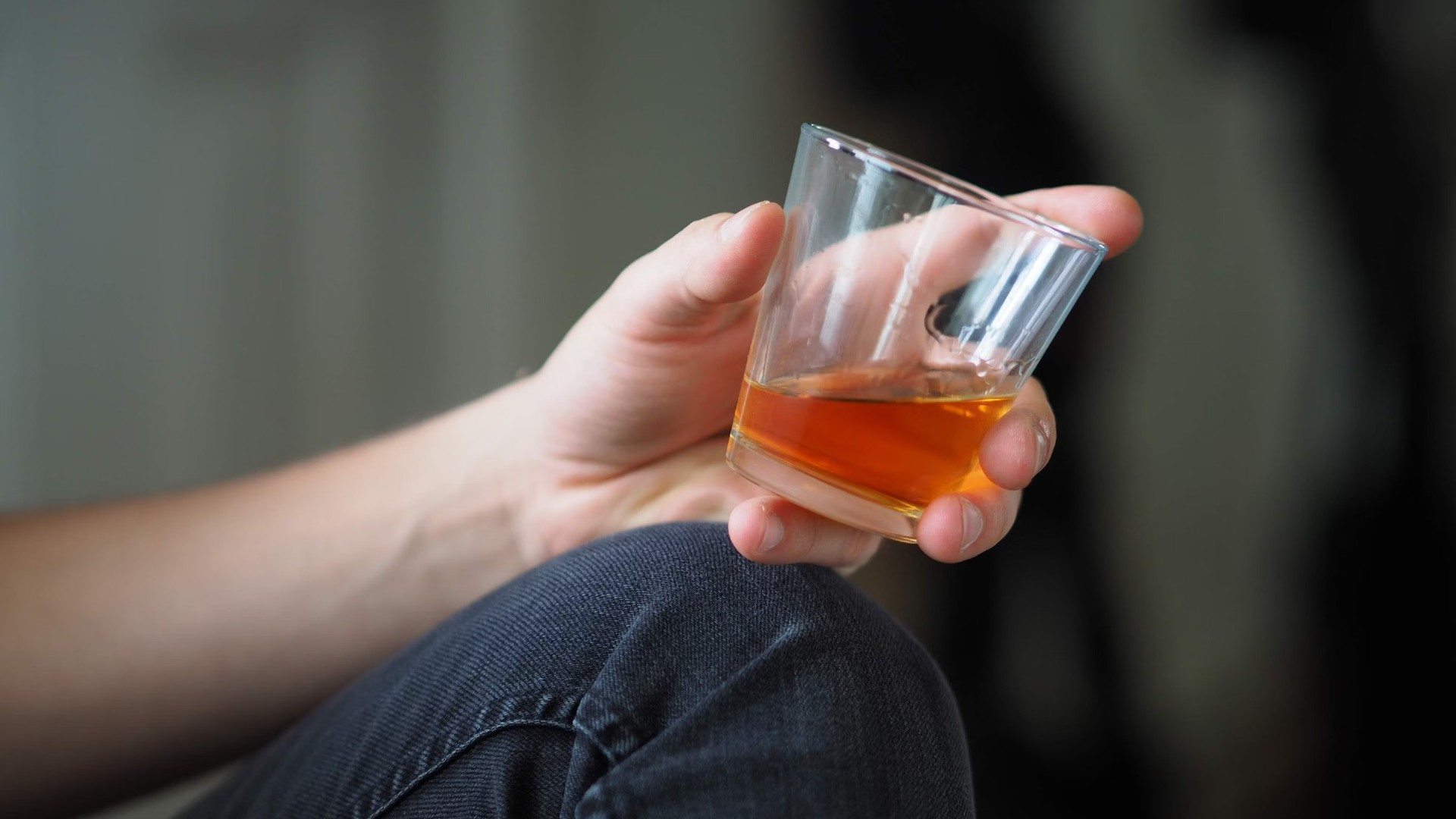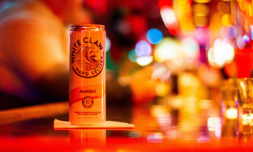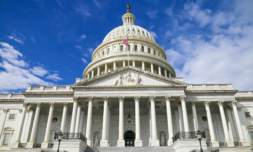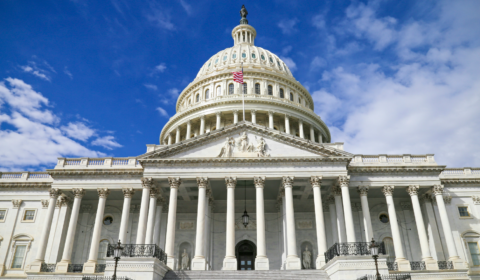According to a study conducted by the World Health Organisation, the UK has the worst rate of child alcohol abuse worldwide. The analysis also found that girls aged 13 and 15 in Great Britain were drinking, smoking, and vaping more than boys of the same age.
The UK is notorious for its binge-drinking culture. In a 2023 survey, one in ten Brits claimed to have a toxic relationship with alcohol and of the 10,473 participants, 20 per cent said they drank more than the country’s medical guideline of 14 units a week.
‘For decades the UK has had an unhealthy attachment to alcohol,’ says director of Rehabs UK, Lester Morse.
‘Other countries often learn to consume alcohol in a more moderately controlled sociable context. In the UK, we are encouraged to drink excessively. As Brits we have become renowned for it.’
This, unfortunately, has its consequences for young people as well as adults.
Exerting a significant influence over adolescents, the peer pressure and societal norms that are synonymous with growing up in the UK have been encouraging them to engage in ‘risky behaviour.’
A recent analysis from the World Health Organisation (WHO) has brought the extent of this to the forefront, showing that more children drink in England than in any other country.
According to the findings, Great Britain has the worst rate of child alcohol abuse worldwide, and more than half of young people across the nation have consumed alcohol by the age of 13.
The study said that alcohol, which can damage children’s developing brains, has been normalised in such a way that it presents a serious public health threat – one that requires urgent attention.
‘The widespread use of harmful substances among children in many countries across the European Region – and beyond – is a serious public health threat,’ said Dr Hans Kluge, the WHO regional director for Europe.
‘Considering that the brain continues to develop well into a person’s mid-20s, adolescents need to be protected from the effects of toxic and dangerous products.’




















